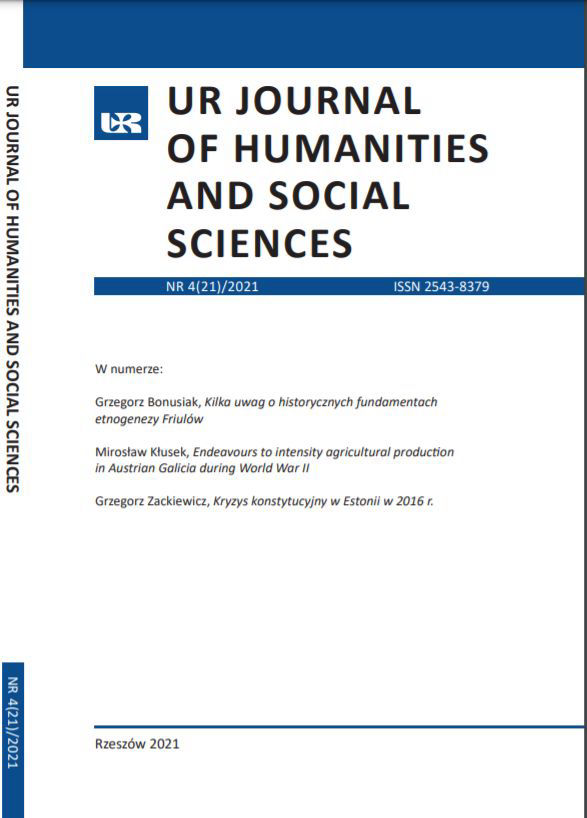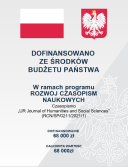The 2016 Constitutional Crisis in Estonia
DOI:
https://doi.org/10.15584/johass.2021.4.5Keywords:
Estonia, presidential elections, parliament, electoral college, political elitesAbstract
By law, the president of modern Estonia is elected indirectly by parliament or, in the absence of a decision in three consecutive votes, by a specially appointed electoral college. In 2016, Estonia experienced an unprecedented political crisis resulting from the impossibility of appointing the head of state according to the procedure specified in the constitution. It was determined both by more general factors related to the electoral system itself, as well as the specificity of Estonia's political life in the second decade of the 21st century. The 2016 presidential election proved to be a complicated game involving major political parties, going well beyond simply appointing a new head of state. The purpose of this article is to discuss the origins, course and immediate effects of these events, culminating in the unexpected election of Kersti Kaljulaid to the office of President of the Republic.
Downloads
Downloads
Published
How to Cite
Issue
Section
License
Copyright (c) 2021 Wydawnictwo Uniwersytetu Rzeszowskiego

This work is licensed under a Creative Commons Attribution-NonCommercial 4.0 International License.



